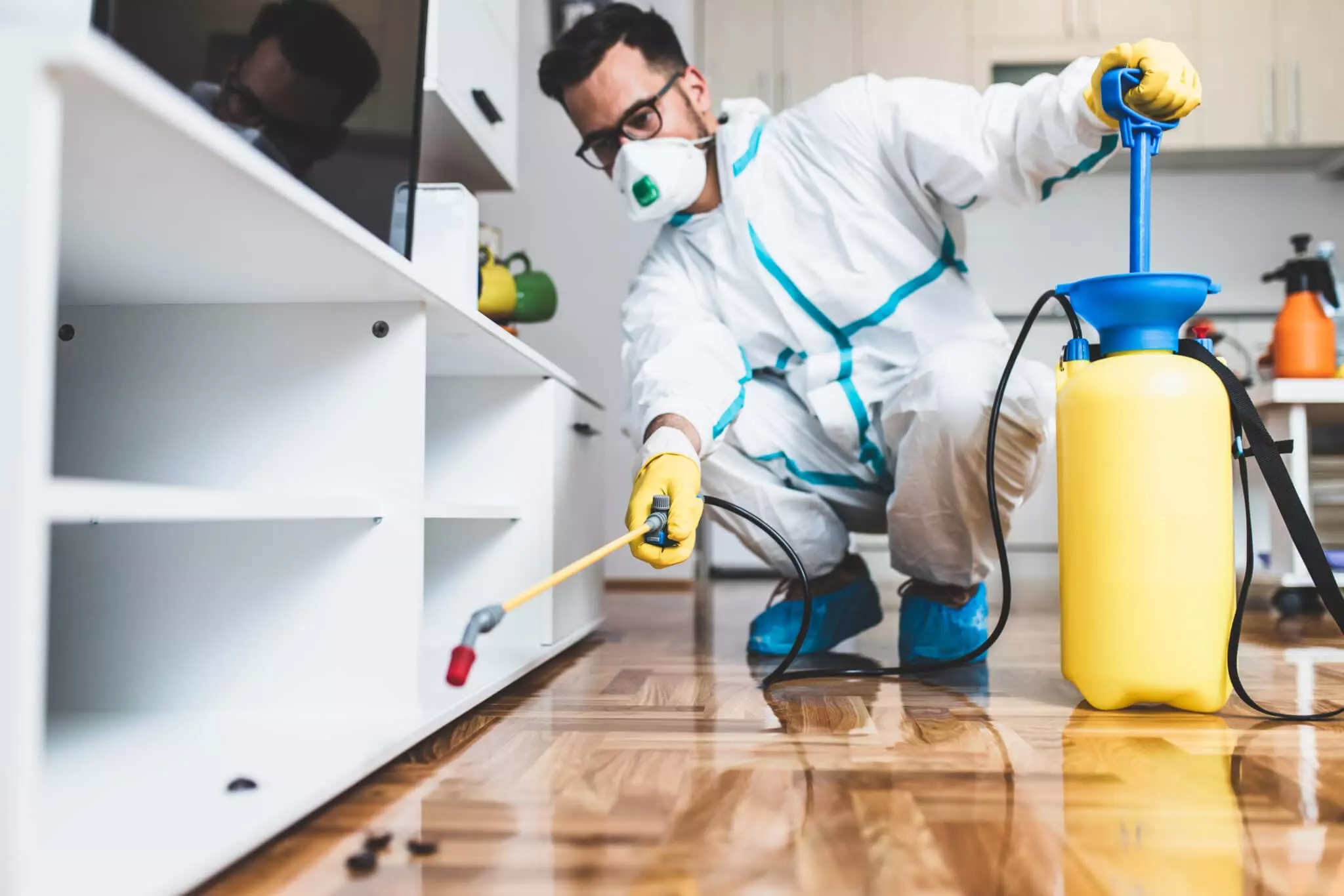Eco-Friendly Insect Control Approaches for Managing Wild Animals in Urban Locations
Urban areas commonly discover themselves at the crossway of human activity and wild animals, bring about distinct difficulties in bug management. Environment-friendly strategies highlight sustainable coexistence, utilizing methods such as habitat adjustment and natural repellents to minimize human-wildlife conflicts. These approaches not only shield the setting but additionally enhance neighborhood engagement in wildlife management. As urban populations remain to grow, understanding the dynamics of wild animals communications becomes significantly important. What innovative methods can be implemented to make certain both eco-friendly balance and metropolitan safety and security? Discovering this concern discloses an engaging landscape of potential services.
Recognizing Urban Wildlife Dynamics
Recognizing Urban Wild animals Characteristics is important for creating reliable and environmentally friendly insect control techniques. Urban locations are progressively coming to be environments for various wildlife varieties, driven by factors such as environment fragmentation, food availability, and human infringement. Identifying these dynamics allows for a nuanced strategy to pest monitoring that lines up with ecological principles.
Urban wildlife usually includes varieties such as raccoons, squirrels, and birds, which adapt to city atmospheres, locating specific niches in green rooms, parks, and also residential locations. Their presence can cause conflicts with human beings, specifically when they make use of personnels for food and sanctuary. Comprehending the behaviors and eco-friendly functions of these species educates techniques that lessen negative communications while promoting biodiversity.
Furthermore, acknowledging the interdependencies within city ecological communities assists in determining critical locations for habitat conservation and reconstruction. This expertise adds to the advancement of incorporated pest administration (IPM) strategies that consider the environmental equilibrium, thereby minimizing reliance on harmful chemicals. By fostering conjunction in between humans and metropolitan wild animals, cities can develop healthier atmospheres that profit both citizens and regional ecological communities, leading the way for sustainable urban living.
Natural Repellents and Deterrents
Natural repellents and deterrents use a sustainable option to traditional insect control approaches by taking advantage of the power of nature to keep undesirable species at bay. These environmentally friendly options usually make use of plant-based active ingredients, essential oils, and various other naturally occurring materials that hinder insects without damaging the setting.
One reliable all-natural repellent is peppermint oil, which is known to drive away rodents and bugs. Its strong aroma is unpleasant to numerous bugs, making it a prominent selection for metropolitan setups. In a similar way, vinegar and citrus peels can function as deterrents, as their solid odors are commonly uninviting to various wildlife.
In addition, diatomaceous earth is an all-natural powder that can be spread in locations susceptible to parasite activity, properly drying out and discouraging bugs without positioning dangers to non-target varieties. Garlic sprays and neem oil are recognized for their capability to drive away a large variety of bugs, consisting of both pests and larger wild animals.
Carrying out these all-natural repellents not just decreases reliance on chemical pesticides but likewise promotes a much healthier urban ecosystem, fostering an extra balanced coexistence in between Mole Removal people and wildlife. By using these techniques, urban areas can successfully take care of bug populaces while minimizing ecological effect.
Habitat Adjustment Methods
Reliable habitat modification strategies play a crucial function in sustainable insect monitoring by altering the atmosphere to make it less favorable to pest invasions. By recognizing the environmental characteristics of urban areas, residential or commercial property owners can apply critical alterations that discourage pests while promoting biodiversity.
(Interior Pest Control)One main technique entails preserving appropriate cleanliness. This consists of routine waste elimination, protecting garbage can, and getting rid of standing water to decrease reproducing websites for bugs and rodents. Additionally, landscape design techniques such as choosing indigenous plants can enhance ecological equilibrium, providing habitats for valuable microorganisms while lessening sources for insects.
An additional vital approach is to secure access factors in structures. Examining and fixing cracks in foundations, walls, and home windows can significantly minimize bug accessibility. Producing physical obstacles, such as fences or plant buffers, can hinder wild animals activity into human-inhabited locations.
Integrated Pest Monitoring Practices
Building upon habitat modification methods, integrated insect monitoring (IPM) techniques provide an all natural method to regulating parasite populations while decreasing environmental influence. IPM combines various methods, consisting of biological, cultural, mechanical, and chemical controls, to accomplish effective insect management.
Organic control involves the introduction of natural predators or bloodsuckers to lower pest populaces. Social practices, such as plant rotation and hygiene, disrupt pest life cycles and decrease their environments - Pest Control. Mechanical controls, like catches and barriers, provide immediate relief from insect pressures without chemical treatment
Chemical controls are utilized as a last resource, focusing on targeted applications that restrict injury to non-target types and the atmosphere. The selection of eco-friendly chemicals, when necessary, is important to the IPM structure. Additionally, monitoring bug populaces and analyzing prospective damage assists inform decision-making, guaranteeing that treatments are prompt and effective.
Area Participation and Education And Learning

(Bee Control)Workshops and educational sessions can furnish homeowners with understanding regarding native species, habitat conservation, and reliable non-toxic pest management strategies. Collaboration with schools, regional organizations, and government agencies additionally improves academic outreach, making certain that crucial information gets to diverse target markets.
In addition, community-led initiatives, such as community clean-up days and habitat reconstruction projects, not only advertise biodiversity yet also reinforce community connections. Pest control service. By urging residents to share their experiences and observations, neighborhoods can establish targeted approaches that resolve particular neighborhood bug problems
Incorporating responses from locals into insect management plans enables an extra receptive and flexible strategy to wild animals challenges. Eventually, informed and involved areas are crucial to accomplishing long-lasting success in green bug control, causing healthier city environments that value both human and environmental needs.

Final Thought
In verdict, environment-friendly bug control comes close to offer sustainable services for handling urban wildlife. By focusing on environment alteration, making use of all-natural repellents, and implementing integrated parasite monitoring methods, neighborhoods can promote a harmonious coexistence with regional fauna.